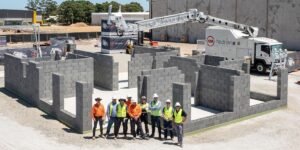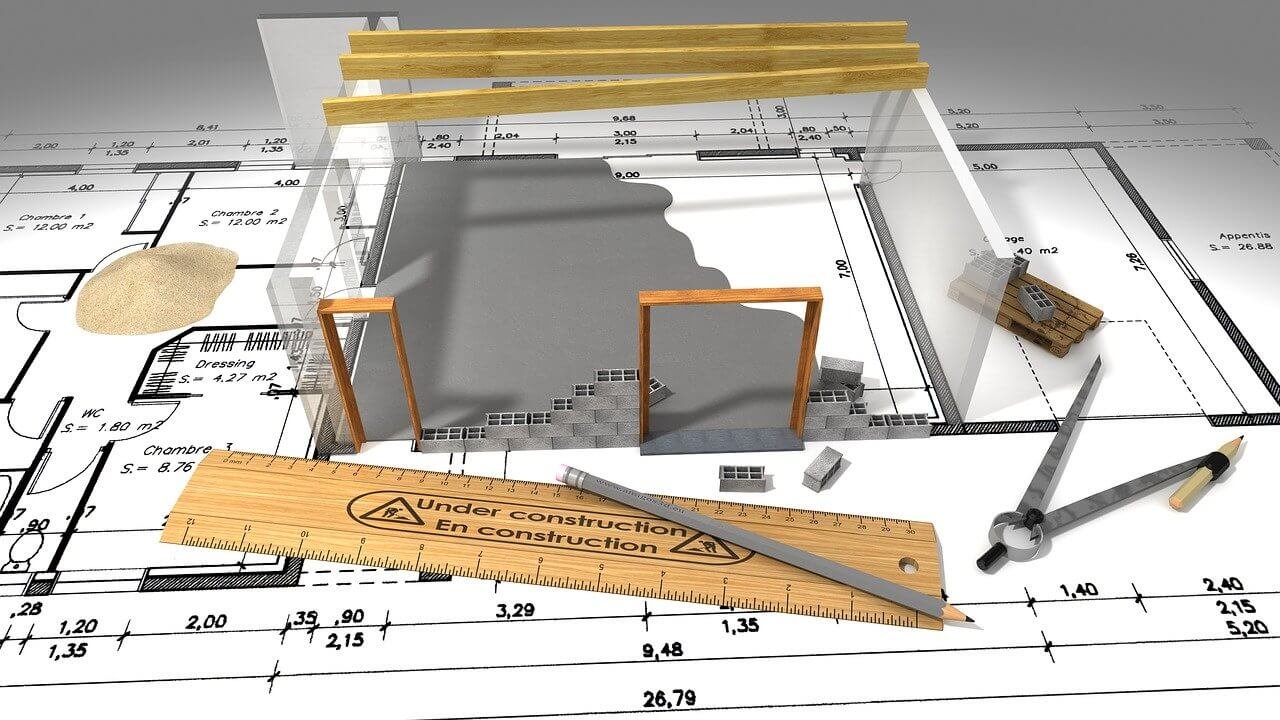The next invasion of robots and A.I is here! Until recently, construction was one of the least digitized industries globally, that focused on manual labor than machinery. Despite the rapid urbanization, the machinery is upgrading its intelligence. The construction sectors are set to believe that projects will be built more efficiently with the help of robotics and A.I, mainly because the majority of the tasks are repetitive.
One of the most labor-intensive industries is also one of the least automated. Manual labor will always be a huge component in modern constructions, leaving aside the robotics. Robots, drones, A.I technology, 3D printing, and exoskeletons have now started to help the work get done. With low unemployment and shortages of skilled labor, industries are shifting to intelligence technologies to meet the demands of the project with constant economic growth.

So, Will the Robots Replace Workers?
The answer to this question is understandable, and it is also too crucial for the industry to find the right balance between labor and technology. Construction nevertheless is one of the time-consuming fields that is set to embrace the new robotic technology. To draw the right conclusion for the question, it is necessary to combine the strongest points of both factors to increase the efficiency of the project management process.
The new workforce: Robotics technology will significantly change the aspect of getting construction work done. It is clear that the workers will have to adjust to the new reality, whereas to develop a strong workforce. In other words, the job opening will not decrease; instead, it will change their way of leading the new workforce.
Robots Vs. People: Indeed, humans and robotics cannot be compared as they have different strengths and weaknesses. Meaning, both can function extremely well in the construction sector but in a different manner. The work pattern can be changed to professionals taking care of creative aspects, while robots are doing the bigger scale repetitive tasks faster.
Advantages of Using Robotics in construction sectors:
The biggest challenge of using robots in construction is not just about machinery but intelligence. Various companies have already used robotics to transform manual labor into a symphony of mechanical precision. But when it comes to erecting buildings, there’s a unique set of challenges that have made it hard for automation.
Automation construction involves different stages of construction, from prefabrication of construction components, recycling of structures to operation and maintenance of buildings, and demolition. Advantages of automation of constructions are:
- The construction work is continuous, and the construction period decreases, offering significant economic benefits.
- It improves the safety of laborers and enhances the quality of work.
- The robotic technology is extraordinarily precise in construction with efficiency and productivity.
- Robots can work 24×7 in a wide range of conditions.
- Automation can eliminate human problems in construction like not showing up for work, showing up drunk, mistakes, laziness, injuries, need for safety, health insurance, etc.
- Specialized robots could work in small, dark, airless spaces that are unsafe for humans, or on the facades of tall buildings without facing vertigo.
- The automation of precast components is beneficial as it presents products of high quality.
- There will be a decrease in factory waste because of using the required amount of materials arranged with the help of computer planning and programming.

Use of Robotics based on different construction materials:
- Robotics can be used for concrete precast components production, being produced as per buyer’s demand. Automation can be used for various purposes, such as concrete screeding, finishing, scrubbing, and cleaning.
- In the wood industry, wood fabrication has progressed, shifting from manually processing to completely processing using computer numerical control machines. There are different plants that produce prefabricated house components and very limited handwork.
- Robotics in masonry prefabrication will raise the production of masonry blocks and decrease manpower and labor cost. Robots can be used to lay the bricks and lay up to 1000 bricks in an hour working on certain tasks without error and can increase efficiency.
Robotics in construction can transform the industry to a great extent. The construction industry is a slow and monotonous field; robotics is incorporated into the construction process.
Few listed disadvantages of robotics are:
- Construction automation has many drawbacks like- low quality of final products, shortages of skilled laborers, the safety of labor, poor weather conditions.
- Robots can increase the unemployment rate, meaning human labor no required in manufacturing plants.
- Robotics can handle the prescribed tasks, but they cannot handle unexpected situations.
- To acquire the right robots, you will need people who know how to handle, and companies will need money to train employees. But once it is acquired, the robotics will take over the construction sector.
As impressive this may sound, the technologies also hold its drawbacks. The appeal of robotics itself stretches beyond making things faster and cheaper. It’s likely that in the future, building a house will take a matter of days, and cost management will be easy. Whether you agree with me or no, machines will be more efficient with work standards and affordability.
Without a doubt, Robots are set to revolutionalize the entire construction industry.
To know more about Architecture Technology, Stay Tuned.



